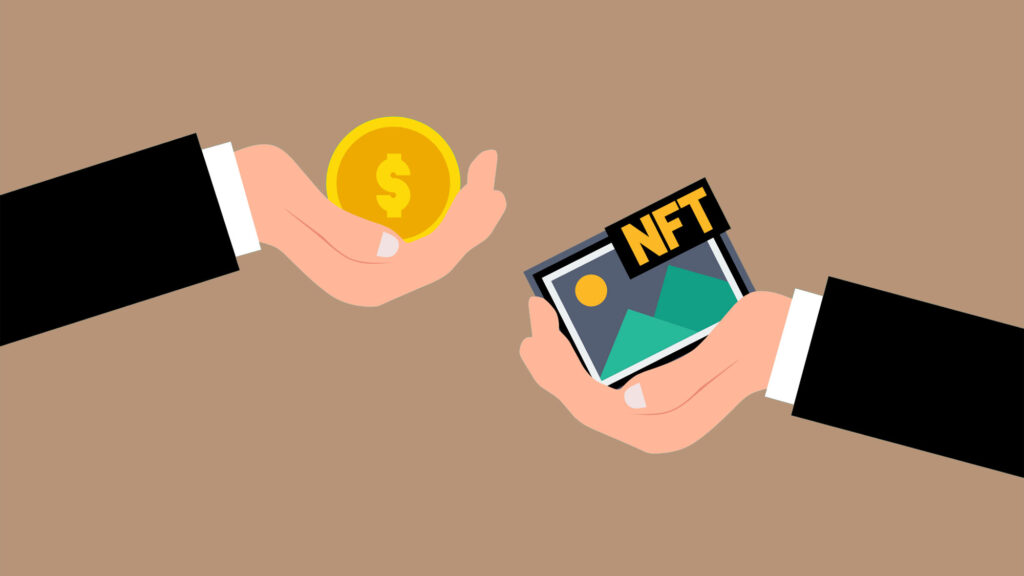NFTs are a fascinating digital asset that is becoming more and more popular as the wider society starts to integrate them more closely into the global economy. However, unless you have a background in crypto, it is unlikely that you have a strong understanding of what NFTs are.
This is understandable, because the blockchain technology they are built upon is also difficult to grasp, and it can be tricky to get your head around the economy-changing benefits of non-fungible tokens.
The best place to start when it comes to understanding NFTs is the financial angle – namely, the difference between non-fungible and fungible tokens. This will help you appreciate the unique benefits of NFTs, as well as learn more about how they slot into the wider financial system.
Once you start to understand this, then the world of NFTs will begin to open up to you.
These are the key differences between fungible and non-fungible tokens:
Non-Fungible Tokens Are Unique
The most significant difference between fungible and non-fungible tokens is that the latter are unique and are not directly comparable with any other financial asset. This means that they cannot be exchanged like-for-like with another token, because there are no other identical tokens.
An NFT is a file that essentially proves the uniqueness of your asset, giving it value if the asset is deemed desirable.
In contrast, fungible tokens are, well, fungible – meaning interchangeable. These tokens are often used as currency because the bearer knows that they can be reliably swapped with other equivalent tokens for a measurable value. It is part of a far wider network of tokens and is only ever a small slice of the whole.
An example of a fungible token in cryptocurrency would be bitcoin.
If you hold a fungible token then you know it is easy to source another identical one, whereas if you have a non-fungible token then you can’t. It is unique, which is why individual NFTs can command far higher values than fungible tokens.
If you want to get started on your NFT journey, then visit OKX at okx.com.
Fungible Tokens Are More Likely To Be A Store Of Value
If you want to store your wealth in a secure financial asset that is likely to keep a stable value over time, then you are going to want to use a fungible token, rather than a non-fungible one as it is a better store of value.
This is because you know that there will always be a market for your tokens, and they are likely to retain significant value over time. When your tokens are part of a wider network, you can rely on the security of every other trader to ensure you are not left out in the cold when it comes to selling up.
As a result, fungible tokens are often a far more liquid asset than non-fungible tokens, because you may struggle to find a buyer with the latter.
For example, if you own unique digital artwork, then you will have to find someone who wants that particular piece and then discover its value.
NFTs Can Contain Anything From Music To Train Tickets
It is best to imagine an NFT as a digital file that contains whatever unique information you bought with it.
This could be a song by your favorite musician, a train or concert ticket, digital artwork, or any other type of asset.
Conversely, a fungible token is likely to be a currency and nothing more.
Featured image by Mohamed Hassan from Pixabay.

